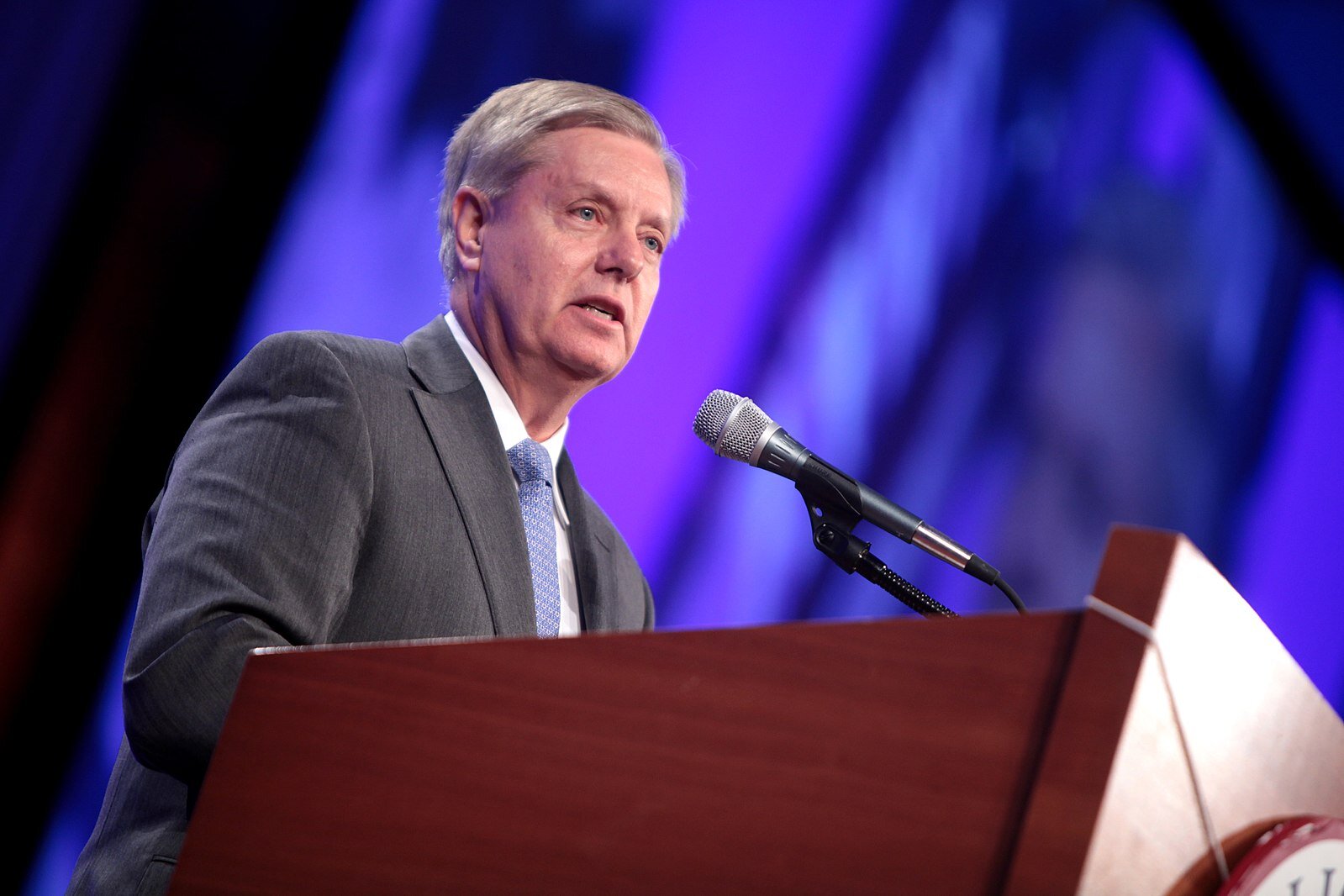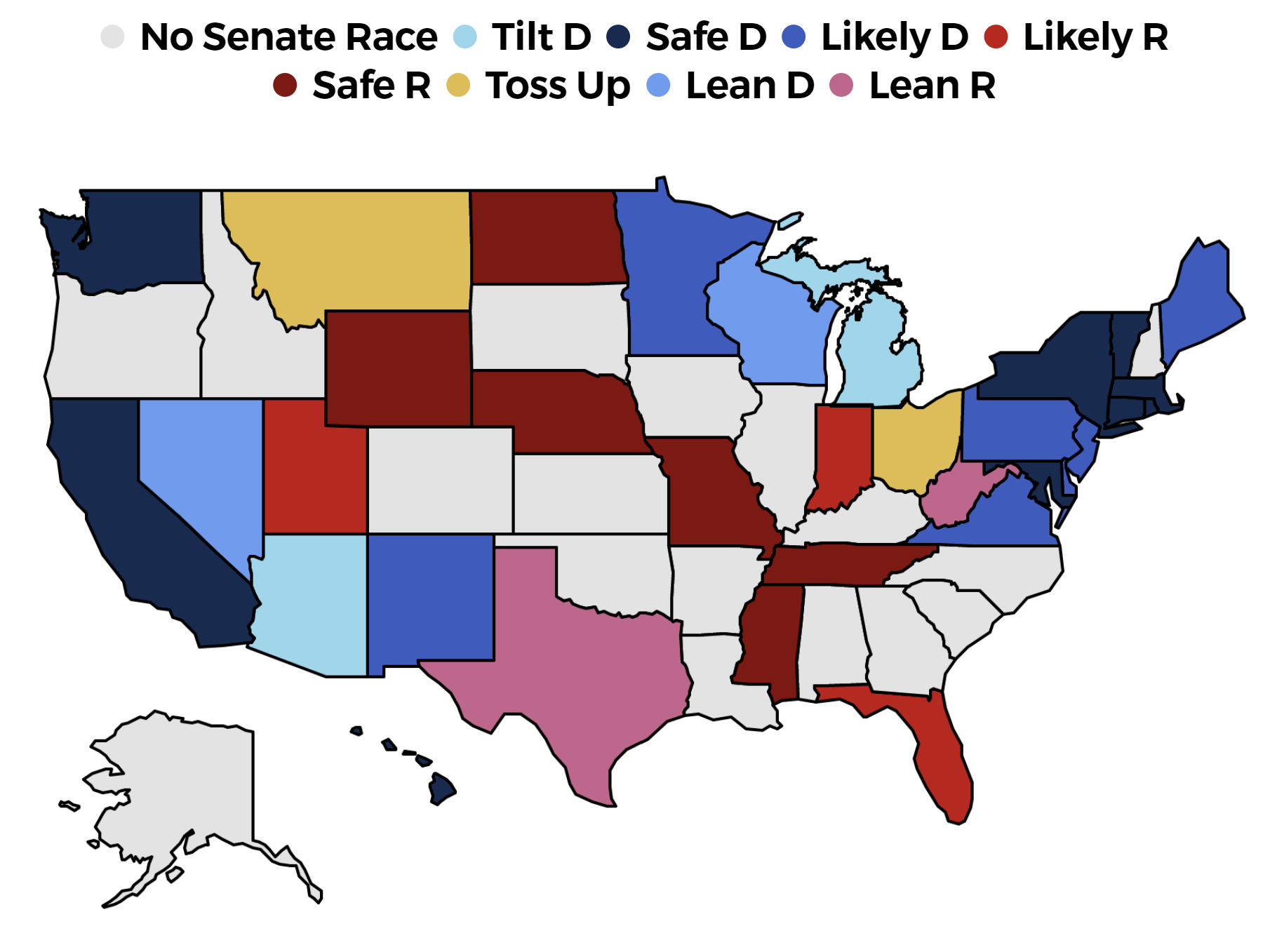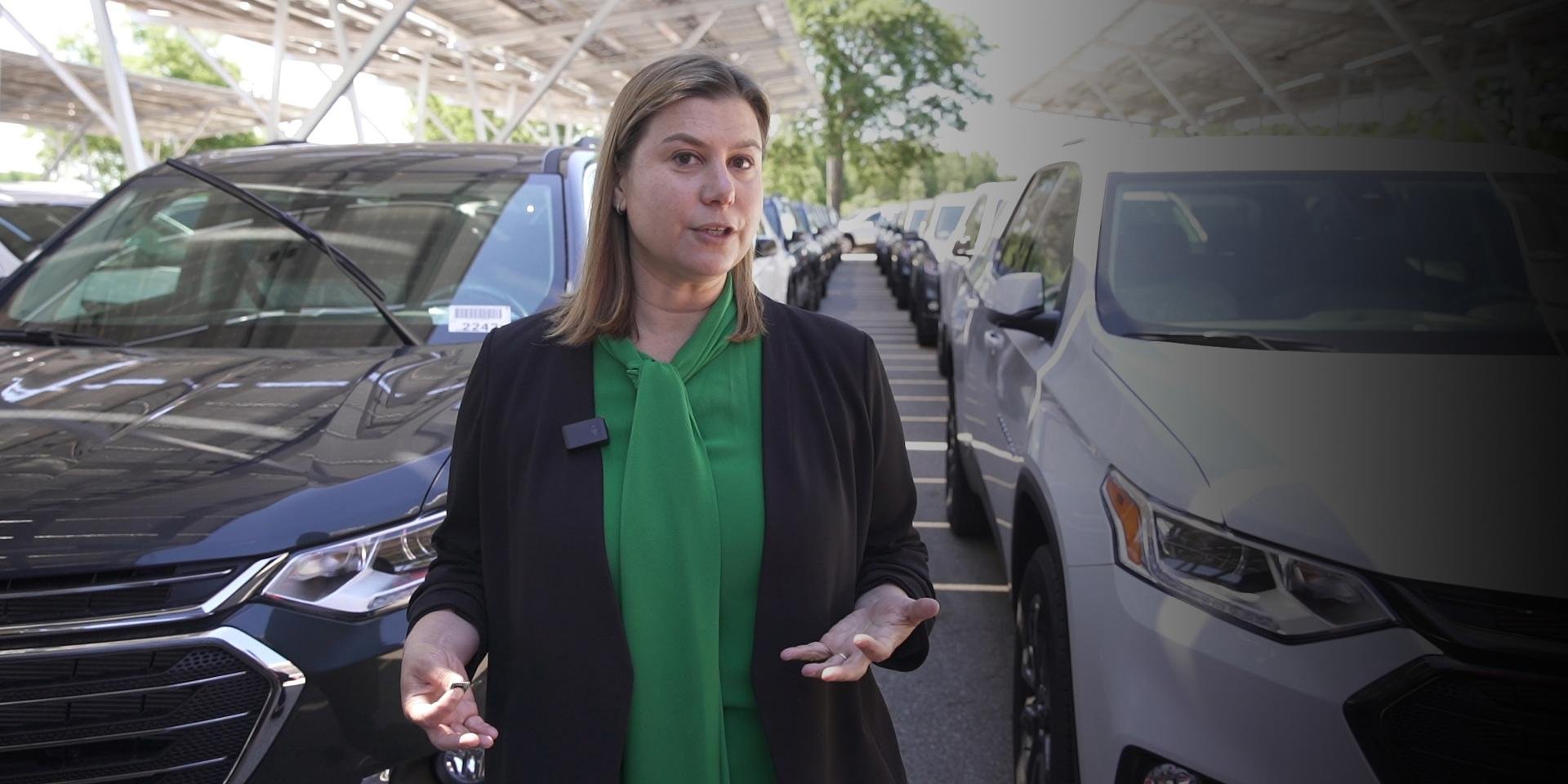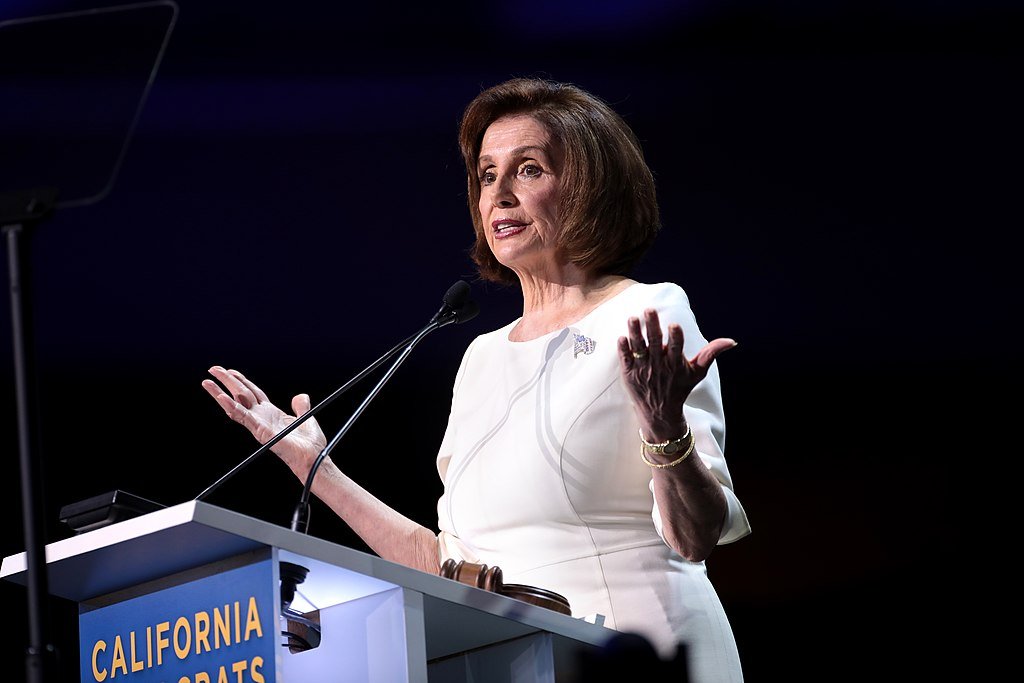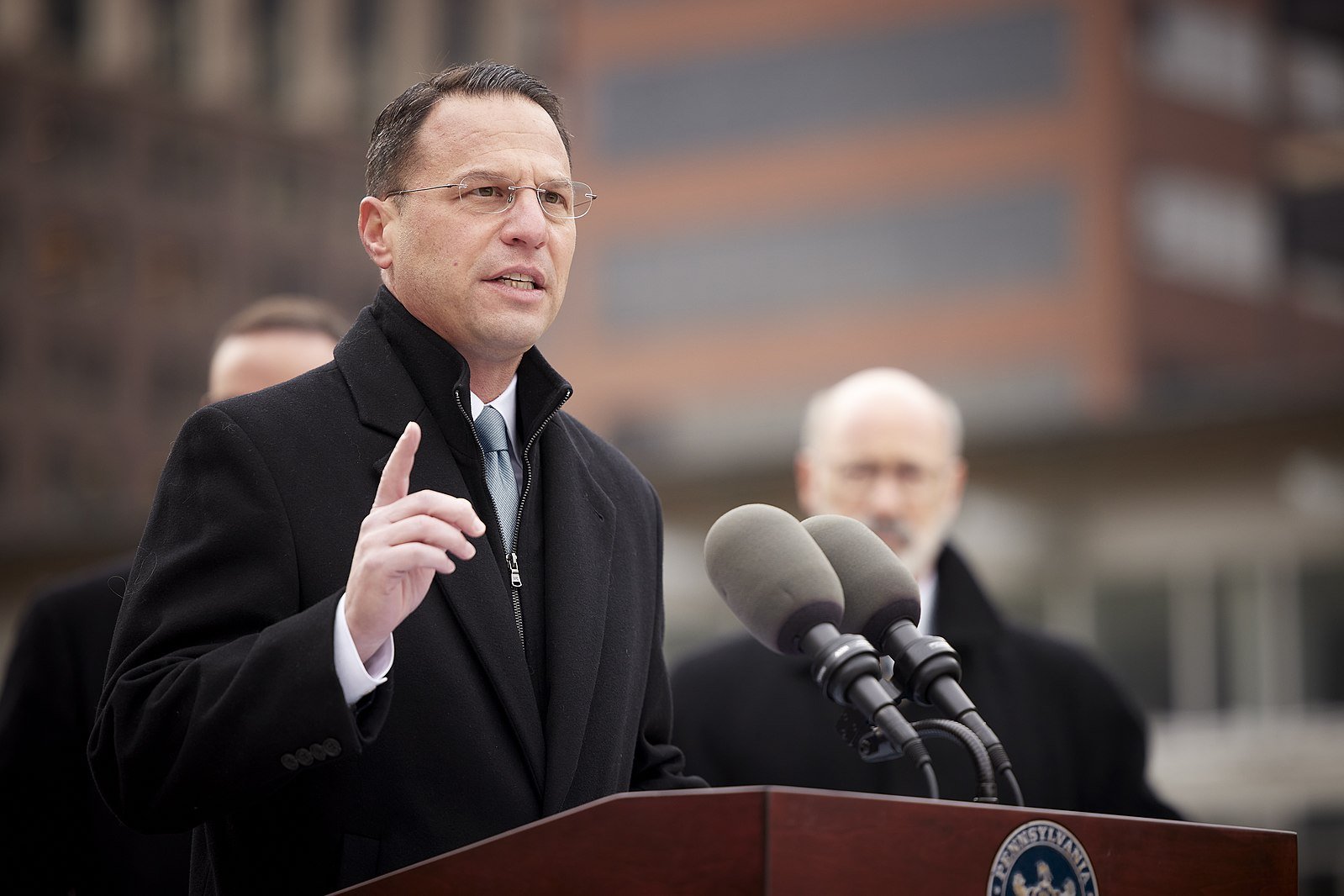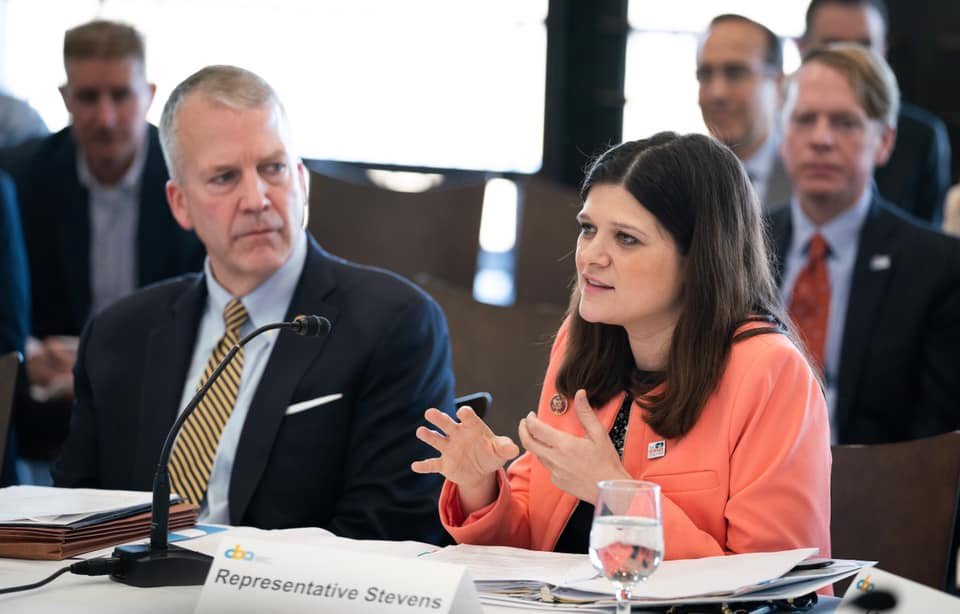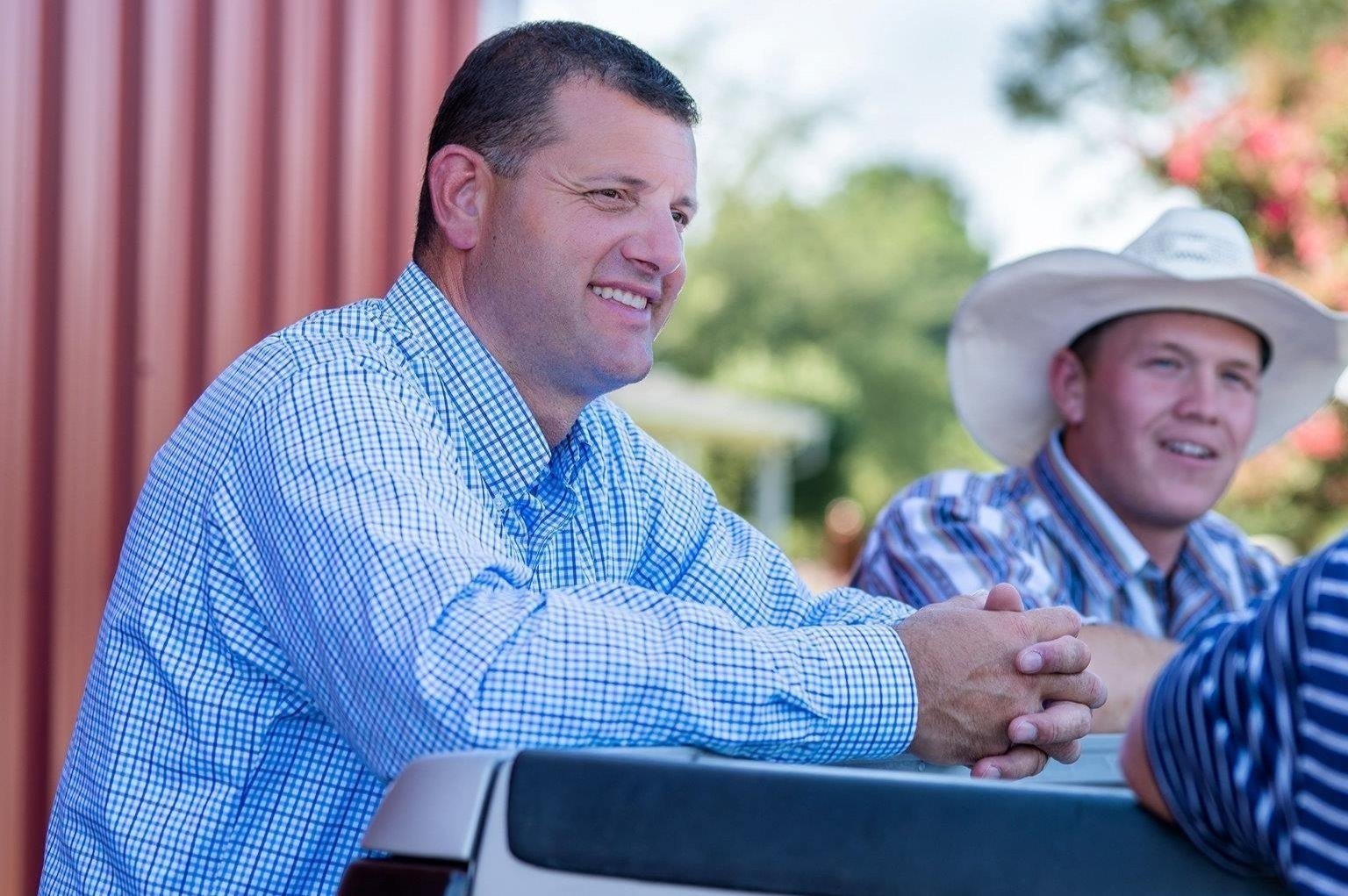The Carolinas Loom Large on Election Day - and Could Decide Both the WH & Senate
Democrat Jamie Harrison has shocked the political world with a remarkably strong run against Republican Incumbent and Favorite Lindsey Graham. Photo credit: Edward Kimmel from Takoma Park, MD
By: Avee McGuire
Date: November 3rd
As the saying goes, nothing could be finer than to be in Carolina...especially in the 2020 election cycle. This election year has shined the light down on both North and South Carolina—each showcasing its own highly contested races that could remake the political landscape in America. Although the states share a similar name, geographical region, and professional football team, their differences are stark.
As you cross the state line from North into South Carolina, you notice the roads get a little bumpier, the dogwood trees fade and the palmettos begin to line the sidewalks, mustard-based barbecue restaurant signs appear, and the Carolina bumper stickers parading by changed from light blue to garnet—however, what isn’t as obvious are the differences in the voters.
These differences reinforce why the stakes in these states’ races are so high for the country, but even more telling are the similarities between each state’s voters that have spurred such an anomalous political landscape, to begin with. North Carolina is the truest definition of a swing state and South Carolina has rightfully earned its status as a steady conservative state.
Presidential Forecast
Predicts the result of the election. Updated with new polls, run 50,000 times a day.
North Carolina firmly established its status as a Presidential swing state after voting for Barack Obama in 2008, the first time voting Democratic in a presidential election since ‘Southern Realignment.’ However, it has long had a remarkable trend of split-ticket voting. 2008 and 2012 are the only two election years in its recent history where the state voted for both a president and governor from the same party.
Remarkably, the state only voted for two Republican governors since 1901 was Pat McCrory in 2012. This is a trend that is likely to continue in 2020. Governor Roy Cooper has consistently led the race by double-digit margins for almost the entirety of the election.
While the Presidency has received top-billing, the Senate Race is far more competitive, and the Republican Party will only be able to hang on to their majority if they can successfully defend a wide swath of seats against well funded Democrats. Here, both the Carolinas loom large.
Republican Lindsey Graham is running in the race of his political life. Photo credit: Gage Skidmore from Peoria, AZ.
Everyone knew North Carolina was going to be a very competitive seat, and the polling has broken in the direction of Democrats in recent weeks. Democrat challenger Cal Cunningham is ahead by of Incumbent Thom Tillis by 4.1% in the polls.
If you were superstitious, you might have seen this coming - For whatever reason, every candidate that's held Tillis's Senate seat since 1996 has gone on to lose re-election. However, no amount of tea-leaf reading could have predicted Jamie Harrison's remarkable run in South Carolina. Harrison has shattered fundraising records - and he's only a few points behind Graham. He started the race as an underdog in every sense of the word; he has become a viable candidate in a one-party state where normally a Democrat wouldn’t stand a chance. Multiple factors have prompted this political anomaly.
First, he appealed to South Carolinians by renouncing partisanship ideals and reinforcing himself as a leader who will advocate for the interests of the state, an implied contrast to Graham who has been criticized for being a pawn to Donald Trump’s agenda while ignoring the needs of his state’s citizens. Second, Harrison is an African-American running in a state where 1/3 of its citizens are African-Americans and results from the South Carolina primary show African-Americans favoring Democratic candidates.
Third, Harrison’s unexpected rise came two years after South Carolina Democratic candidate, Joe Cunningham, won his seat in the US House of Representatives, which unveiled new potential for Democrats in Southern states. In particular, there has been a trend, which has been exacerbated by the election of Donald Trump, of college-educated white voters, especially women, who feel the Republican Party no longer represents them and as a result are switching to Independent voters or Democrats.
This trend is mostly taking place in the suburbs, which is why Southern states like South Carolina are seeing an underdog like Jaime Harrison come into play, and thus further substantiating claims that we are currently undergoing a new political realignment.
It has been similarly transformative in North Carolina. An influx of urban workers and newcomers, most from the North and California, moved to the state’s growing cities like Charlotte and Raleigh, bringing with them their families and thus further expanding the suburban regions outside the larger metropolitan areas.
These rapidly increasing suburban regions have led to millions of new voters in the past decade, including over 1.3 million new registered voters since only 2016. Notably, out of all registered voters, 36% are Democrats, 30% are Republican, and 33% are unaffiliated. Indeed, these unaffiliated voters in North Carolina are the epitome of the national voting population—voters who are trying to balance their interests, with state interests, with federal interests—and thus are the determining factor of who wins an election.
For example, North Carolina is the largest producer of tobacco in the country. Farmers and industry executives to vote Republican because of its traditional stances towards lower taxes and fewer regulations; however, since 2018, the tobacco industry has suffered as a result of the so-called ‘Trade War’ with China. They've been banned from exporting tobacco to China, historically one of its biggest customers. It's quite possible that some in the industry might not vote for Donald Trump and instead focus on lobbying their interests to a new governor—a common result in North Carolina.'
Furthermore, while religious values are important to many North Carolinians, Governor McCroy anti-transgender ‘Bathroom Bill" was a bridge too far - and arguably cost him re-election in 2016. He certainly wasn't helped by the bill's furious backlash from businesses both in and out of the state.
U.S. Senator Thom Tillis of North Carolina speaking at the 2016 Conservative Political Action Conference (CPAC) Photo credit: Gage Skidmore from Surprise, AZ
Ultimately, politics in North Carolina is a never-ending see-saw balancing act between the conservative values that originally characterized the state and the changing landscape of a state pioneering towards an integrated future. This state’s competitive political history has torn down stereotypes depicting Southern states as homogenous voters incapable of being swayed or changing their opinion in any meaningful way. It has provided the blueprint and paved the way for states like South Carolina to have meaningful and competitive electoral races that truly affect the outcome of the country. In less than one month, North Carolinians will be faced with determining who will be their next senator, governor, and president. It remains entirely possible - once again - that North Carolinians decide once again to split their ticket.
Donald Trump will face his reckoning in a state with more independent voters than Republican—the same independent voters that trusted him back in 2016. Do these independent voters still approve of the president? Will the Supreme Court vacancy energize this group of voters more towards the Republican Party or the Democratic Party? Has the trend for suburban white women to vote more as a Democrat increased enough to tilt the scales in one of the fastest-growing suburbs? We will find out the answer soon, as North Carolinians cast their vote in every corner of the state today.


